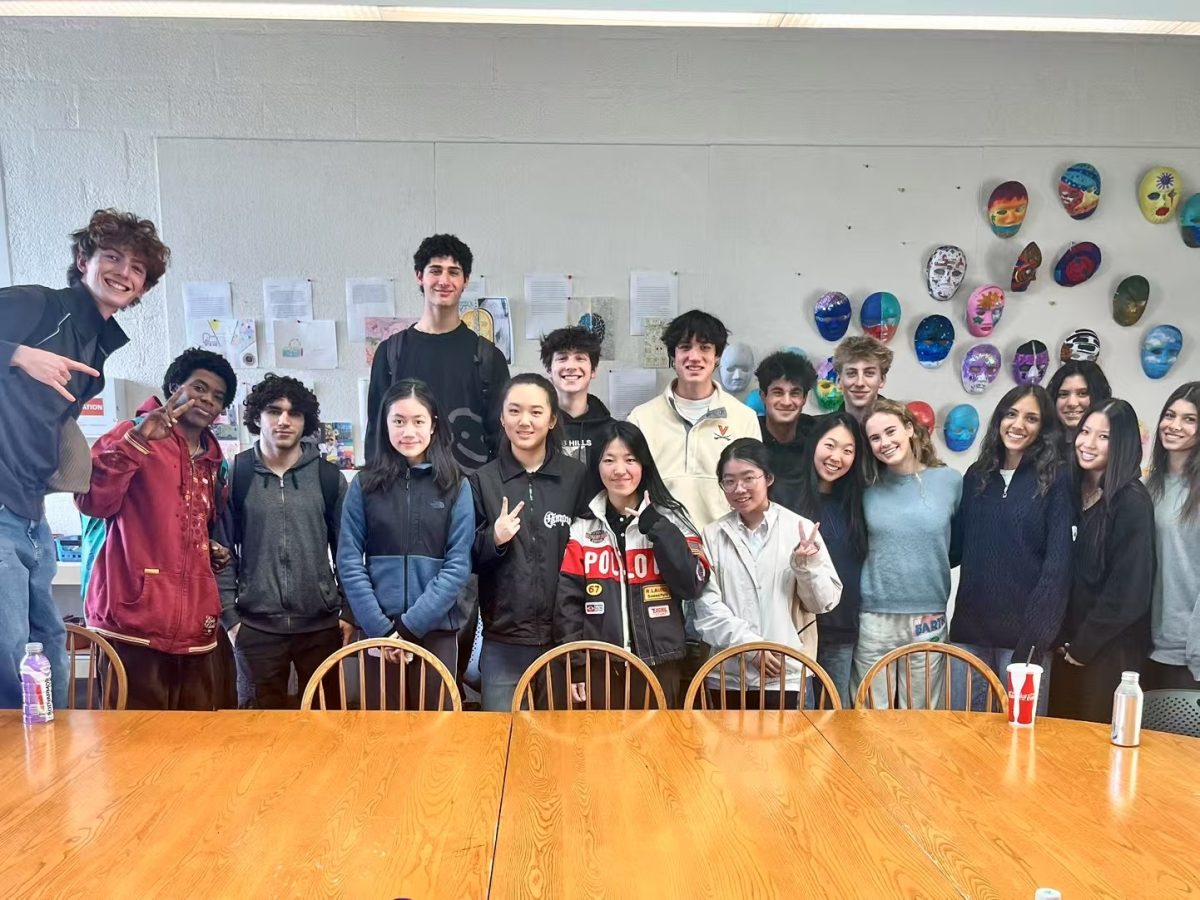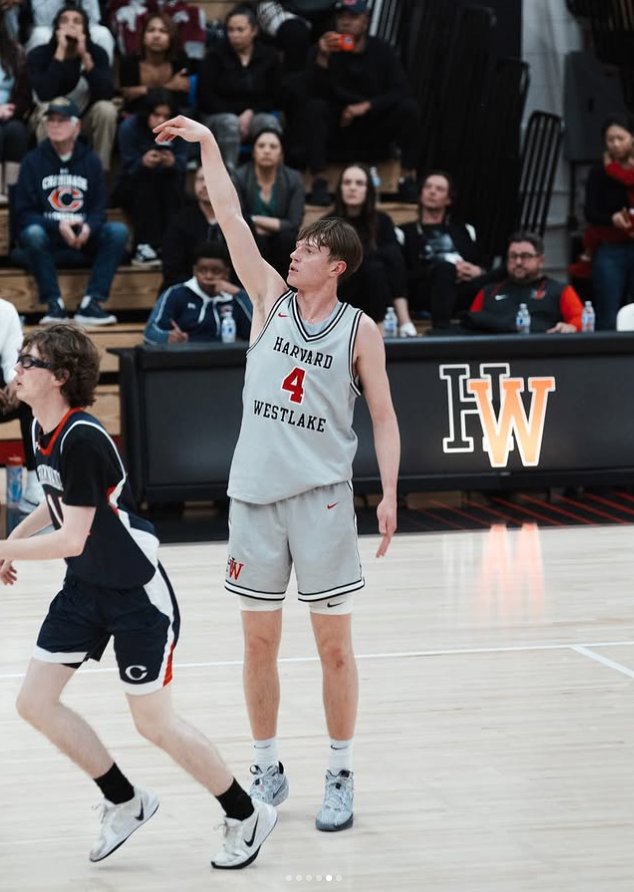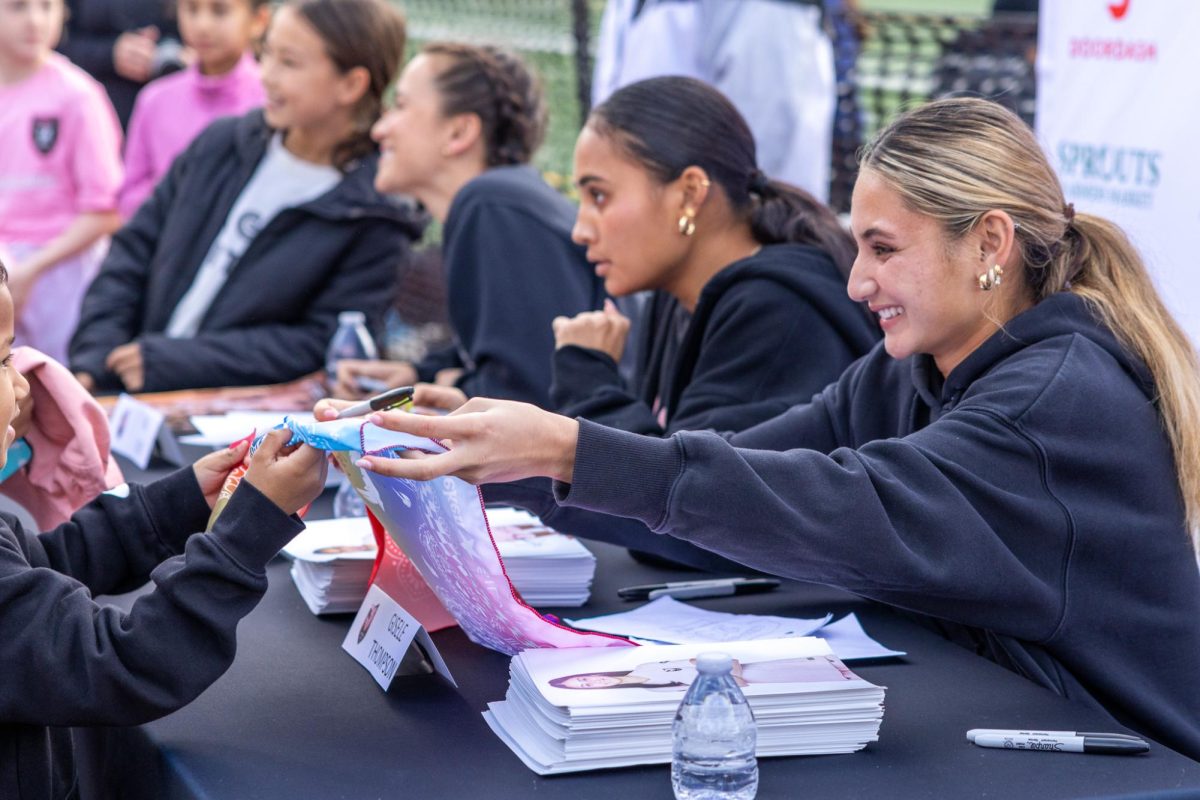In my first period art history class, I sat taking detailed notes. Having woken up roughly an hour earlier from an unhealthily short night of rest, I was nearly lulled to sleep by my teacher’s rhythmic computer clicking as she passed through a presentation of slides. But, one painting she analyzed quickly brought me out of my early morning fog. My fascination with “The Death of Marat” came not only from my appreciation of the piece’s captivating execution, but also its content. The image revealed a pen-holding man dead in his bathtub, and I soon learned he was a radical journalist murdered by political opposition during the French Revolution. This painting stuck with me because, even more than 200 years later, Marat’s death eerily resembles the fate of many modern journalists worldwide.
Jamal Khashoggi, Jan Kuciak, Chauncey Bailey, Elsa Cayat. This is just a short list of many who were killed for being journalists. A report from the Committee to Protect Journalists found that 34 journalists were murdered in 2018 alone. Even more shocking is that this number is nearly double that of the previous year, according to the same report.
Most Americans associate these killings with other nations. In Russia, critics of Putin are mysteriously found dead; in Mexico, the media is brutalized by gangs; in the Middle East, perpetrators of complicated webs of conflict threaten the lives of any and all opposition. But, in recent years, murdered journalists have become a domestic phenomenon too. According to Reporters Without Borders’ 2018 report, for the first time ever, the United States became one of the top five deadliest nations for journalists. In an era of increasing anti-press rhetoric, the mistreatment of journalists is not surprising, but its dangerous turn should cause more alarm.
Murders aside, rates of imprisonment and the numbers of journalists missing or taken hostage have also risen. But even more generally, the culture of disdain for journalism and the tainting reputation of “fake news” has caused sharp divisions between the government, the media and the people. While American journalists are lucky to be constitutionally protected, recent evidence of rising anti-press violence discussed above proves that there is only so much the curly script our Founding Fathers wrote can do to protect reporters. And for international reporters, these protections are meaningless.
As a student journalist, I am aware that high school students covering soccer games and school announcements can in no way match the magnitude of undercover reporters investigating nuclear arsenals and authoritarian governments. But I believe that creating a culture that welcomes inquisitive young people, eager to make their voices heard, is a precursor to changing the way journalists are perceived globally. Especially because of the current press climate, it is of the utmost importance that educators nationwide provide a safe and supportive environment where students feel not only comfortable challenging the status quo and making their opinions known, but also where they feel encouraged to do so. Anything else would negate the very purpose of schooling: to help students develop and grow into individuals. Regardless of if people believe a mistake was made, a piece is too nosy or an opinion is far-fetched, all members of school communities should play a role in maintaining a supportive environment that molds powerful journalists who are willing to question their surroundings. The media is not perfect, especially for students who are still learning, and there is potential for mistakes to be made as there is in any other academic subject. Nevertheless, these moments should be taken as opportunities to start respectful discussions instead of demonizing students who were brave enough to speak their truths. It is time to change the way journalists are treated worldwide, and schools should be ground zero for this movement.
How many more Marats will it take for this problem to be recognized?

























